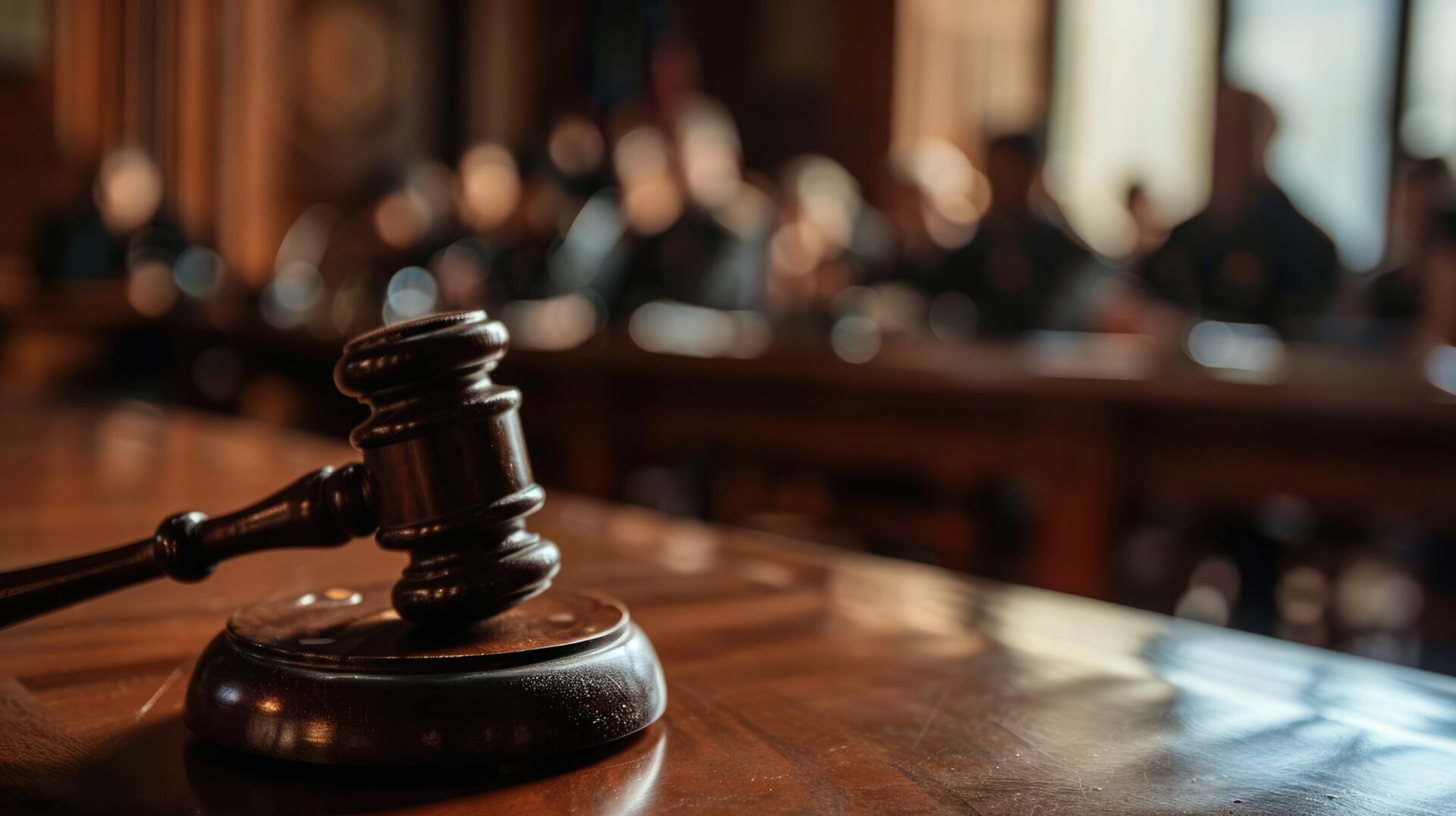
Seven Significant Differences Between Arizona and Federal Civil Procedure in 2024
Navigating procedure in unfamiliar jurisdictions can be perilous and lead to unexpected consequences without the insight of local counsel. Arizona presents a mostly welcoming forum. Its Rules of Civil Procedure and Evidence are purposefully patterned after their federal analogues. This commonality furnishes a number of benefits, including procedural uniformity between Arizona’s Superior Court and U.S. District Court, familiar processes for out-of-state practitioners, and availability of federal authority as persuasive in interpreting Arizona’s procedural and evidentiary rules.
Yet to advance identified policy objectives, Arizona’s Rules intentionally diverge from their federal models in several key respects, posing risks to those unfamiliar with Arizona civil practice.
To illustrate these differences, we have assembled this non-exhaustive list of Arizona-specific specific procedures most often met with some degree of surprise by lawyers from other jurisdictions.
1. Disclosures.
The heightened disclosure requirements in Arizona often catch out-of-state counsel and their clients off-guard. Arizona’s Rule 26.1(a) requires each party to serve a verified disclosure statement upon all other parties within 30 days of the filing of the first responsive pleading, absent agreement otherwise. The statement must detail ten categories of information, as contrasted with the four required by federal Rule 26(a)(1). Arizona’s additional categories include: (a) the facts and legal theories supporting the disclosing party’s claims and defenses; (b) the names and addresses of any individuals who have given written or recorded statements; (c) anticipated areas of expert testimony (and reports, if required); (d) any documents or electronically stored information that may be relevant; (e) materials intended to be used at trial; and (f) any applicable insurance policies and related information. The consequences of insufficient or untimely disclosure can be drastic, including preclusion of evidence and other available sanctions. See Ariz. R. Civ. P. 37(c).
2. Defaults.
Reflecting a strong preference for resolutions on the merits, Arizona’s Rules afford a ten-day grace period between entry of a default and its effectiveness. Federal procedure affords no equivalent “grace” period. Arizona has a two-step process: (1) if a party does not timely respond after service of a complaint, the plaintiff may file an application for entry of default and accompanying notice; (2) if the defendant does not respond during the ensuing ten days, the default becomes “effective” and the plaintiff may file a motion for entry of default judgment. At that point, the defendant is generally limited to contesting the amount of damages and not liability. But, if the defendant responds during the grace period, the default never becomes effective and litigation on the merits ensues.
3. Case Tiering.
In 2018, the Arizona Supreme Court adopted a set of procedural amendments proposed by its Civil Justice Reform Committee, designed to reduce litigation expense and delay, and the resultant barriers to access to justice. A critical but controversial feature of these reforms was adoption of a system by which civil cases are categorized into one of three tiers, dependent upon their complexity and amount in controversy. A case’s tier assignment, in turn, dictates the presumptive discovery available and time available for its completion. To account for cases involving important, complex issues but relatively nominal damages, the trial court is granted broad discretion to grant discovery exceeding the presumptive limits on stipulation, motion, or sua sponte, and to move cases from one tier to another. In contrast, the federal Rules have no equivalent system of tiering or case-differentiated discovery.
4. Use of Depositions at Evidentiary Hearings or Trial.
While evidentiary as opposed to procedural in nature, Arizona and federal law treat the admissibility of deposition transcripts differently. Under FRE 804(b)(1), a witness must be “unavailable” as narrowly defined in FRE Rule 804(a) for prior testimony to be admissible. In contrast, former testimony is excepted from Arizona’s hearsay rules under ARE 803(25) in civil actions, freely permitting presentation of deposition testimony at a hearing or trial regardless of the witness’ “unavailability.”
5. Good Faith Consultations.
Over the past decade, Arizona has repeatedly amended its civil rules to require personal consultation between counsel in a variety of procedural contexts before seeking relief from the court, and certification of that effort accompanying specific motions. Examples of these contexts include certain Rule 12 motions to dismiss, Rule 56(d) motions for summary judgment continuances, and discovery and disclosure disputes. While sometimes imposed by local federal district rule or standing order, these requirements are not found in the federal rules.
6. Rule 26(d) Process.
Arizona’s Rule 26(d) furnishes an expedited means of resolving discovery and disclosure disputes without the expense and delay of formal motion practice. Through this process, and after personally conferring to resolve the dispute, parties jointly submit brief descriptions of their positions and obtain an expedited tentative ruling. Similar processes exist through various judges’ standing orders or local federal district rules, but the federal rules afford none.
7. Juries.
Arizona and federal procedure diverge significantly with respect to juries. While the federal rules require not less than six and not more than twelve jurors, Arizona provides for juries of eight (unless the parties agree to a different number of three or more). More critically, federal jury verdicts must be unanimous whereas Arizona only requires verdicts by six of eight (or an agreed number for differently sized juries). Lastly, Arizona’s jury pool is broader, drawn not only from voter registration rolls as is done federally, but also from driver’s license registrations.
Bill Klain is an experienced trial and appellate attorney, practicing in the areas of complex corporate and commercial litigation and serving as a mediator and arbitrator in commercial disputes. Through his involvement with a number of Supreme Court and State Bar committees and task forces, Bill has been involved with the restyling of Arizona’s civil procedure, evidence, and appellate rules, the Court’s civil justice reform amendments, the design of Arizona’s Commercial Court, and various other procedural initiatives.
Lyndsey Maasch is an associate attorney who works in Fennemore’s business litigation practice group in the firm’s Phoenix office. Her work encompasses a broad range of dispute prevention and resolution matters as well as healthcare law.
Get MORE. Insights
Stay ahead in the legal world - subscribe now to receive the latest insights and news from Fennemore Law Directly in your inbox!


